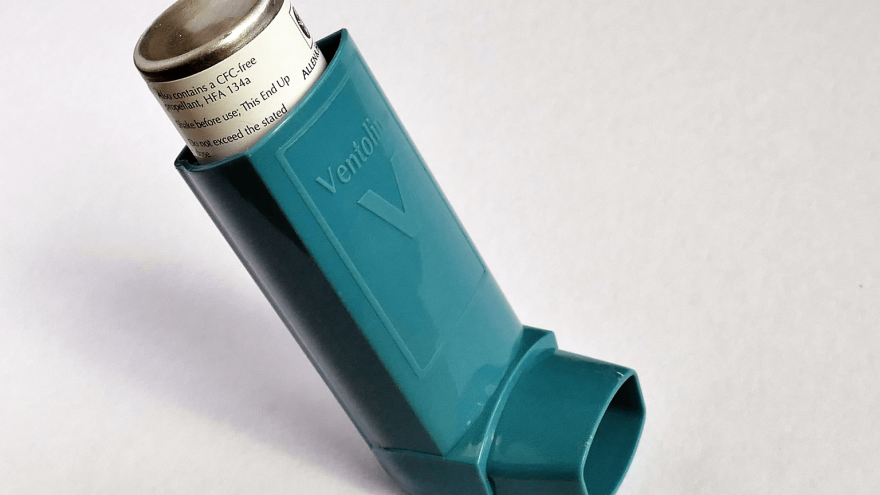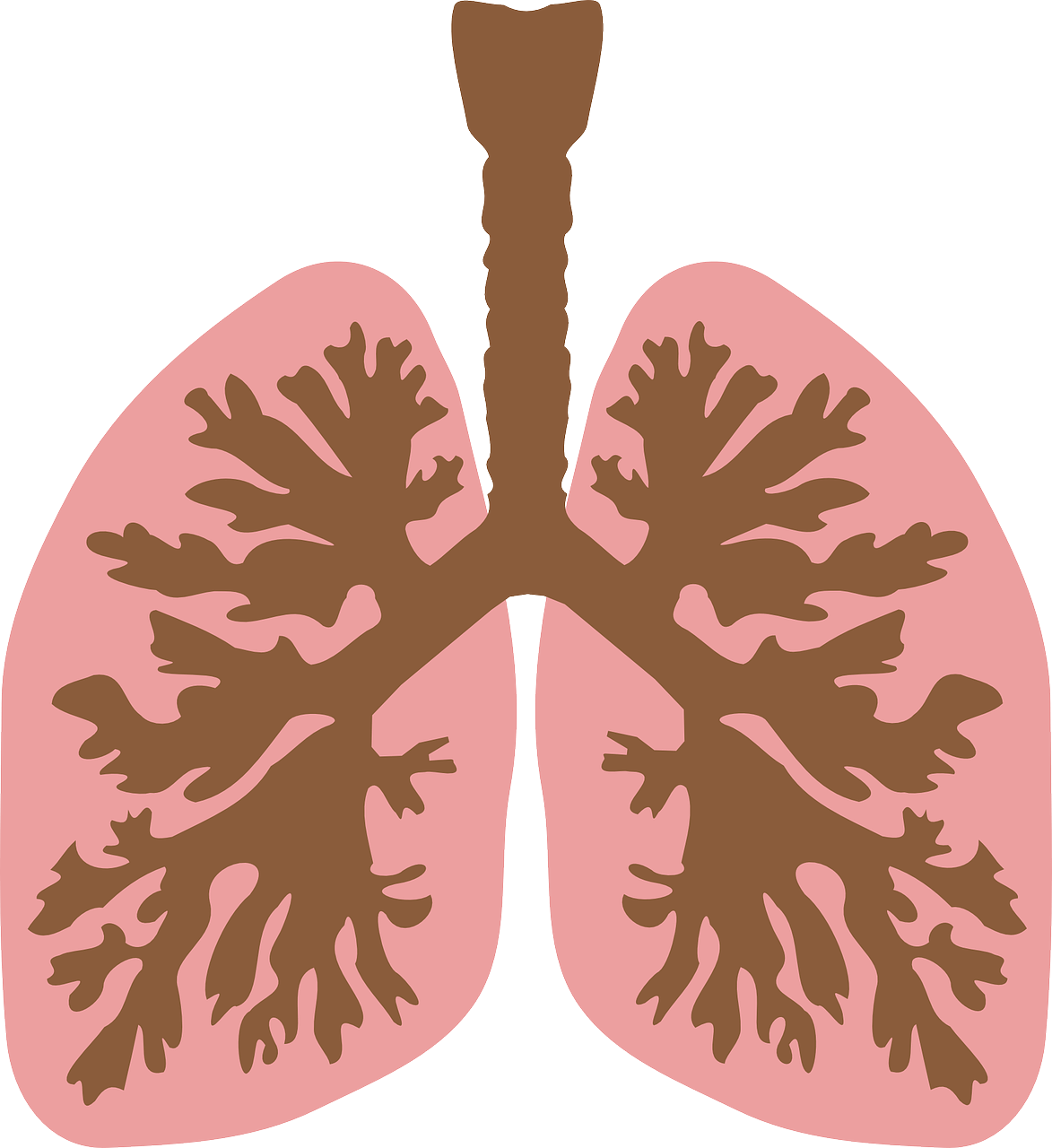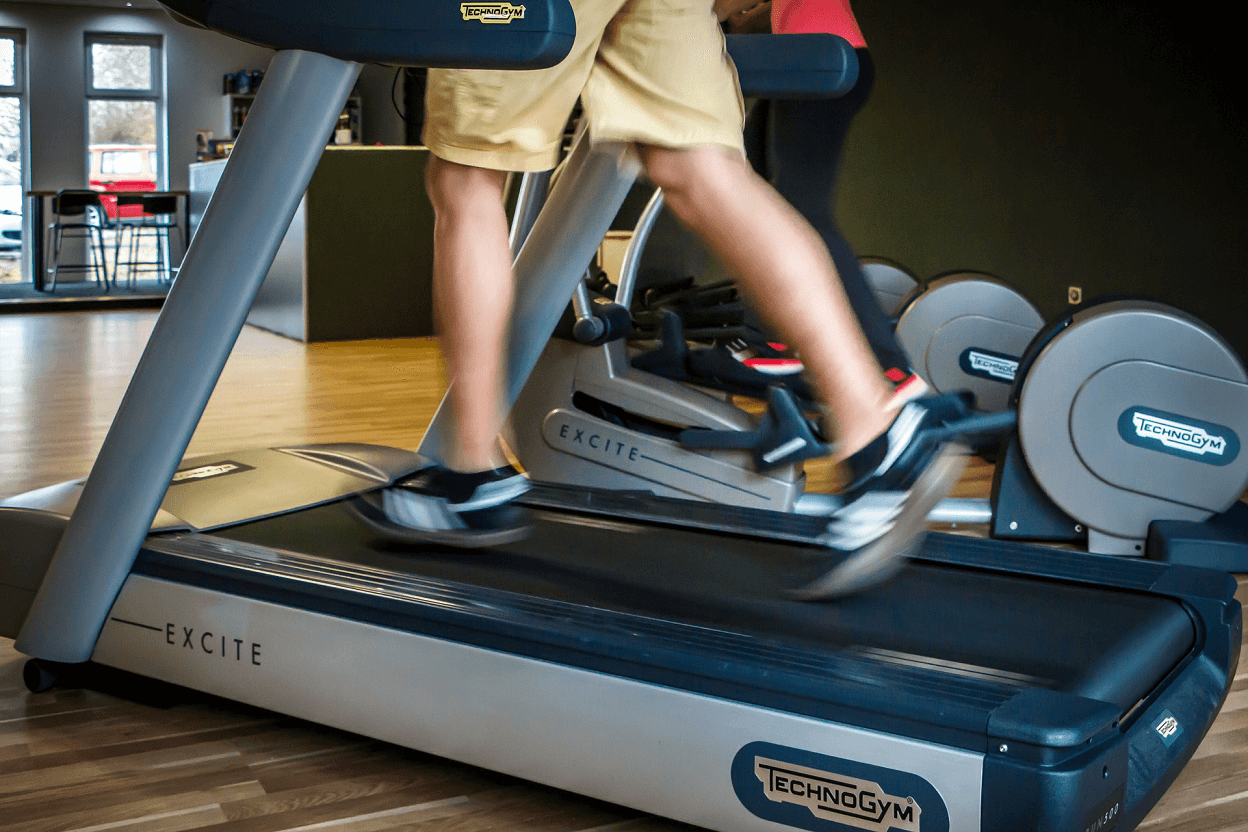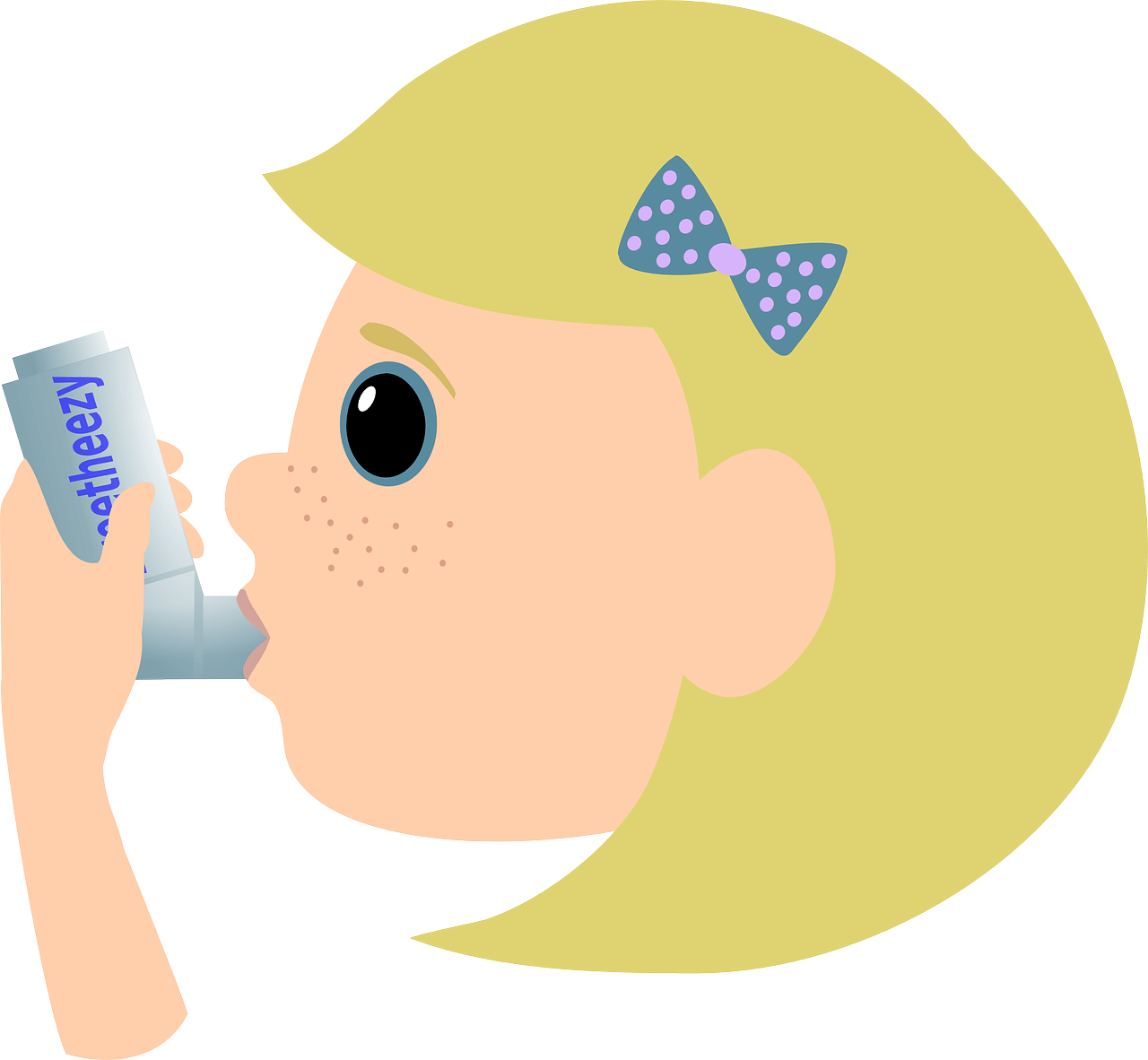Running and Exercise-Induced Asthma

We all know that feeling. You head out for your first run in ages, brimming with determination and drive. In your mind’s eye, you’re already clocking that BQ, with Chariots of Fire befittingly playing in the background. But then, a mere three street blocks later, disappointment strikes when shortness of breath causes you to give up and slump back home.

And while panting and puffing is a normal part of any beginner’s running journey, there are cases in which it can be serious. Approximately 10 to 20% of the general athlete population suffer from exercise-induced asthma (EIA), with the risk almost doubling for athletes with known pollen or dust allergies. Here’s what you need to know about running and EIA.
Common symptoms of exercise-induced asthma
So what exactly is exercise-induced asthma and how is it different from the normal beginner’s huff and puff? According to allergist and immunologist, Dr. Purvi Parikh, exercise-induced asthma is when “exercise triggers your airways to become inflamed and constrict, causing coughing, wheezing, shortness of breath and chest tightness”.

Note, however, that the symptoms of EIA don’t always present as a wheeze. In some instances, it can simply be a case of feeling out of breath on a run. Or, alternatively, it can be a feeling that you’re not as well-trained as your running buddy, even though you’ve been doing the same workouts for ages.
How is a diagnosis made?
So if you suspect that you may be suffering from EIA, be sure to see your physician ASAP. Your doctor will take your medical history and do a basic examination at rest, but since the symptoms of EIA normally only present while exercising, you will also be expected to work out on a treadmill until it does. [It is important to note here that, if you present a wheeze at rest, the chances are good that you might have chronic asthma, and not EIA. Your doctor will then treat this accordingly.]

If, during the treadmill test, no wheeze is detected, your doctor may perform a Pulmonary Function Test (PFT). According to well-known sports doctor, Lewis Maharam, this involves “breathing into a machine that generates a flow/volume loop that can be read by doctors with a diagnostic pattern for bronchospasm” and is done both at rest and after exercising. In cases where EIA doesn’t present with a wheeze while running, this test should be an effective diagnostic tool.
Can you still run if you suffer from exercise-induced asthma?
So can you still run after being diagnosed with EIA? According to Dr. Parikh, you can. She stresses, however, that it is vital that “…you are on the correct prevention and controller medications“. If you aren’t, you risk putting additional stress on vital organs, such as the heart. Parikh says, “Speak with your doctor. [He or] she will prescribe you medication to take before working out, and in some cases on a daily basis. Not only will this be better for your body, but your exercise endurance and capacity will be much improved as well!”
Tips for managing exercise-induced asthma on the run
But is medication the only treatment option for EIA? Not necessarily. Dr. Maharam notes that there are some simple techniques you can follow before resorting to taking medication. Having said that, he stresses the following:
- You still need to discuss this with your doctor before giving it a go
- Most of his patients still end up using an inhaled medication despite following these techniques

Here they are, in short:
- Mind your environment. One of the suspected triggers of exercise-induced asthma is the sudden inhalation of big volumes of cool, dry air. So instead of heading outside into the crisp winter’s air for your run, why not do some pool running in a covered, heated pool? Or why not swim some laps in lieu of a run on some days? The warm, damp air should do your airways good.
- Be consistent with your training. Simply being in good shape, and therefore breathing less labored while exercising, should help prevent episodes of EIA.
- Time your workouts carefully. Most EIA attacks happen six to eight minutes into a workout. So why not schedule your warm-up and running intervals to be shorter than that to avoid triggering an attack?
- Be clever with your warm-up. A systematic review aimed at evaluating the effectiveness of pre-exercise routines on exercise-induced bronchoconstriction (EIB) attenuation concluded in 2012 that “an appropriate warm-up strategy that includes at least some high-intensity exercise may be a short-term nonpharmacological strategy to reducing EIB”. Based on this information, Dr. Maharam suggests warming up vigorously and then waiting for any minor discomfort to pass before starting your main workout.
Diagnosis is key
So if you continue to struggle with the beginner’s huff and puff even after consistently training for a while, or wheezing and shortness of breath keep on detracting from your running performance, be sure to see your physician. Because, in the words of Dr. Maharam, “diagnosis [of exercise-induced asthma] is key – treating it is the easy part”.
Sources
- , Exercise-induced asthma: Facts, risks, and remedies, Online publication
- , Do I have exercise-induced asthma?, Online publication
- , A warm-up to beat exercise-induced asthma, Online publication
- , The running doc on exercise-induced asthma, Online publication
- , 3 Things all runners should know about asthma, Online publication
- , Effect of warm-up exercise on exercise-induced bronchoconstriction, Scientific journal
Latest Articles
 Is Running on a Treadmill Easier Than Running Outside?Runners have their own preferences, whether it is treadmill running, running outside on the road, or exploring trails. So...
Is Running on a Treadmill Easier Than Running Outside?Runners have their own preferences, whether it is treadmill running, running outside on the road, or exploring trails. So... Is It OK to Use Trail Running Shoes on the Road?While trail running shoes can be used on roads, especially in situations where a runner encounters mixed terrains or pref...
Is It OK to Use Trail Running Shoes on the Road?While trail running shoes can be used on roads, especially in situations where a runner encounters mixed terrains or pref... How to Fix Sore Quads After Running?Rest, ice, gentle stretching, and over-the-counter pain relievers can help soothe sore quads after running. Also, ensure ...
How to Fix Sore Quads After Running?Rest, ice, gentle stretching, and over-the-counter pain relievers can help soothe sore quads after running. Also, ensure ... 10 Fruits With The Most Electrolytes to Replace Sports DrinksThese fruits are high in electrolytes such as potassium, magnesium, and calcium, essential for hydration, muscle function...
10 Fruits With The Most Electrolytes to Replace Sports DrinksThese fruits are high in electrolytes such as potassium, magnesium, and calcium, essential for hydration, muscle function...

